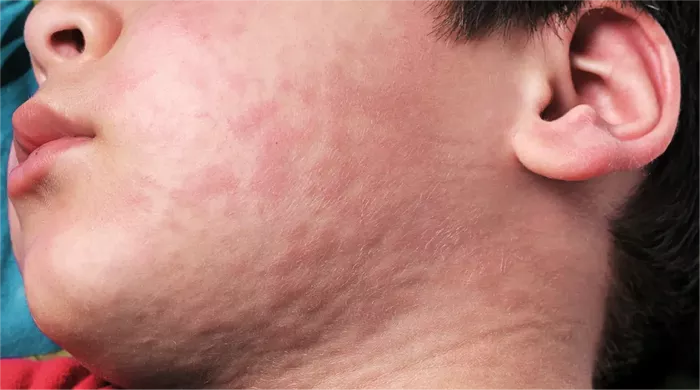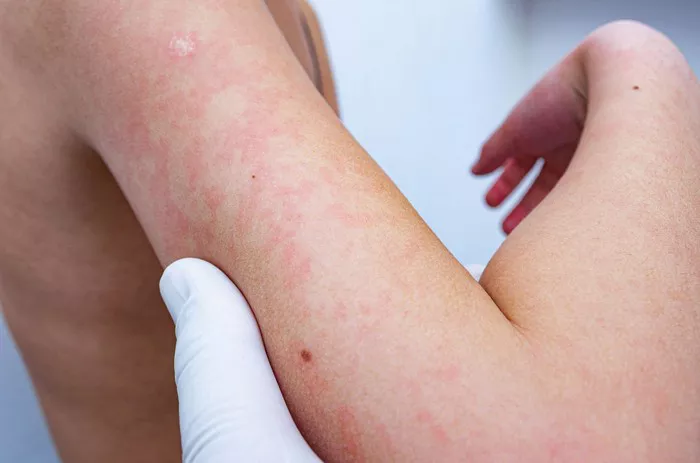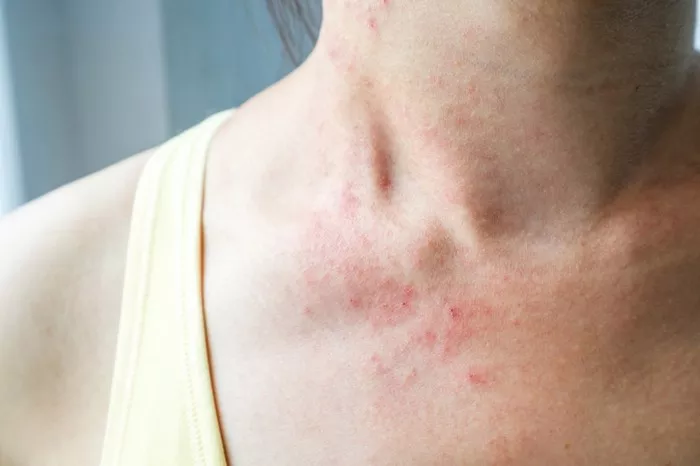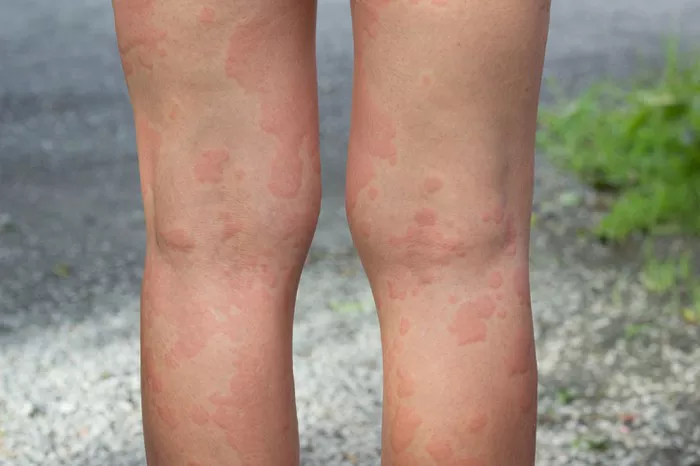Hives, medically termed urticaria, are a common skin condition characterized by itchy, raised welts on the skin. These welts can range from small spots to large patches and can appear suddenly, often disappearing within hours or days. While hives are typically harmless, they can be incredibly uncomfortable and sometimes indicative of underlying health issues. Managing hives effectively requires understanding their triggers and employing appropriate treatment methods. Injection therapy has emerged as a valuable tool in the arsenal against hives, offering targeted relief for those struggling with persistent symptoms.
Understanding Hives: Causes and Triggers
Before delving into the specifics of injection therapy, it’s crucial to grasp the fundamentals of hives. These raised, red welts result from the release of histamine and other chemicals from specialized cells in the skin called mast cells. Histamine causes the small blood vessels in the skin to leak fluid, leading to swelling and the characteristic appearance of hives.
Hives can be acute, lasting for less than six weeks, or chronic, persisting for longer durations. While the exact cause of hives often remains elusive, several factors can trigger their onset:
1. Allergens: Common allergens such as certain foods, medications, insect stings, and pollen can provoke an immune response leading to hives.
2. Infections: Viral or bacterial infections, including the common cold, can sometimes trigger hives.
3. Stress: Emotional stress or anxiety can exacerbate hives or act as a trigger for their onset.
4. Autoimmune Disorders: Conditions like lupus and thyroid disorders may be associated with chronic hives.
5. Physical Stimuli: Exposure to heat, cold, pressure, or sunlight can induce hives in some individuals.
Identifying and avoiding these triggers is a crucial aspect of managing hives. However, despite best efforts, some individuals may continue to experience recurrent outbreaks, necessitating additional therapeutic interventions.
The Role of Injection Therapy in Hives Management
While antihistamines and corticosteroids are commonly prescribed for the treatment of hives, they may not always provide adequate relief, particularly in cases of chronic or refractory urticaria. In such instances, injection therapy, specifically subcutaneous immunoglobulin (SCIG) and omalizumab, has emerged as a promising alternative.
1. Subcutaneous Immunoglobulin (SCIG)
SCIG involves the administration of immunoglobulin (antibodies) beneath the skin to modulate the immune response. This therapy is typically reserved for individuals with chronic spontaneous urticaria (CSU) who have not responded to conventional treatment approaches.
The mechanism of action of SCIG in hives involves the inhibition of IgE (immunoglobulin E), a key player in the allergic response. By targeting IgE, SCIG helps dampen the excessive immune activation responsible for hives formation.
Clinical studies have demonstrated the efficacy of SCIG in reducing the frequency and severity of hives outbreaks in patients with CSU. Moreover, SCIG therapy is generally well-tolerated, with minimal side effects reported.
2. Omalizumab
Omalizumab, marketed under the brand name Xolair, is a monoclonal antibody therapy approved for the treatment of moderate to severe allergic asthma and chronic idiopathic urticaria (CIU) in individuals aged 12 years and older.
Unlike SCIG, which targets IgE broadly, omalizumab binds specifically to IgE, preventing it from triggering the allergic cascade. By sequestering IgE molecules, omalizumab helps mitigate the inflammatory response underlying hives formation.
Clinical trials evaluating the efficacy of omalizumab in CIU have consistently shown significant reductions in symptom severity and frequency compared to placebo. The benefits of omalizumab are often observed within days to weeks of initiating treatment, offering rapid relief for individuals burdened by chronic hives.
Considerations and Precautions
While injection therapy holds promise in the management of hives, several considerations must be taken into account:
1. Patient Selection:
Not all individuals with hives will be candidates for injection therapy. Healthcare providers must carefully assess the underlying cause, severity, and duration of symptoms before recommending these interventions.
2. Monitoring:
Regular monitoring is essential to assess treatment response and detect any adverse effects promptly. Close collaboration between patients and healthcare providers is paramount to ensure optimal outcomes.
3. Cost and Access:
Injection therapies such as SCIG and omalizumab may be associated with significant costs, potentially limiting access for some patients. Addressing insurance coverage and exploring alternative financial assistance programs may be necessary to facilitate treatment affordability.
4. Adverse Effects:
While generally well-tolerated, injection therapies can cause side effects ranging from injection-site reactions to more serious systemic reactions. Patients should be educated about potential adverse effects and instructed to seek medical attention if they experience any concerning symptoms.
5. Long-term Management:
Injection therapy is not typically intended for long-term use. Healthcare providers should develop comprehensive management plans that may include lifestyle modifications, ongoing monitoring, and adjustments to treatment as needed.
Conclusion
Injection therapy, encompassing SCIG and omalizumab, represents a valuable therapeutic option for individuals with hives, particularly those with chronic or refractory forms of the condition. By targeting key components of the immune response, these interventions offer targeted relief and improved quality of life for patients burdened by persistent symptoms. However, careful patient selection, monitoring, and consideration of potential risks are essential to ensure the safe and effective use of injection therapy in hives management. Through collaborative efforts between patients and healthcare providers, injection therapy can unlock relief and empower individuals to regain control over their skin health.


























